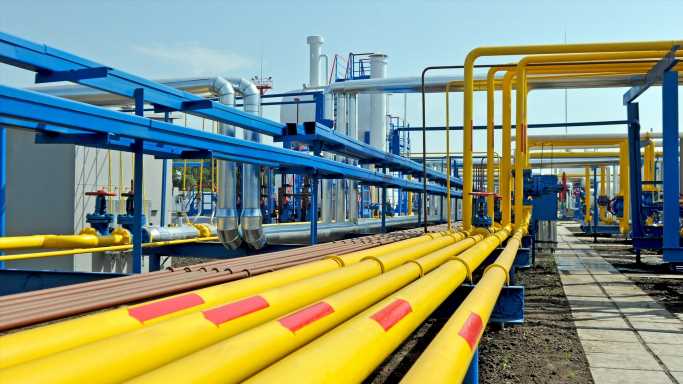The cost of everything from gasoline to restaurant meals to new and used vehicles has been on a relentless march upward, causing inflation to hit a 40-year high. Prices of U.S. consumer goods and services jumped 8.6% in the 12 months ending in May, led by a 34.6% rise in the energy index (fuel oil prices, for example, more than doubled) and a 10.1% jump in the food index (egg prices, for one, jumped 32%). Inflation, however, is not affecting the U.S. alone. In general, global commodity prices have been rising.
To determine the 25 global commodities that have increased in price the most, 24/7 Wall St. data from the World Bank. Commodities are ranked by the annual change in prices as of May 2022. All other data is from the World Bank. We only considered commodities with prices in any month in 2022. Also, to provide better diversity, we selected the average tea price and average crude oil price rather than separate tea and crude oil categories. In all, 61 commodities were considered.
Among the 25 global commodities whose prices have increased the most from May 2021 to May 2022 prices have jumped by nearly 20% for Mexican shrimp and by as much as 235% for European natural gas, a market that was severely disrupted by Russia’s invasion of Ukraine.
Prices for oranges and meat soared 50% in the 12 months ending in May. The cost of urea, a low-cost fertilizer that countless farmers in the developing world rely on for their livelihoods, has more than doubled.
Many of these commodities are connected to each other. If phosphate rock becomes more expensive, so does the cost of the fertilizers that use it as an ingredient as well as the agricultural products that rely on fertilizers for higher yields. In a world so deeply dependent on fossil fuels, any energy cost increase also pushes up costs to manufacturers, distributors, and ultimately the consumer.
The main causes of these price spikes have been the coronavirus pandemic that disrupted global supply chains and the war Russia unleashed on Ukraine, which led to Western sanctions on Russia that have raised the price of some important commodities. (This is the country that is most dependent on Russian oil.)
Ukraine produces nearly half of the world’s sunflower oil, and the interrupted supply of this popular cooking oil has created demand for alternatives like oils derived from rapeseed, soybean, and palm, pushing their prices higher too. Rapeseed (canola) and soybean oil prices have also been impacted by drought in South America and Canada.
Sunflower meal, a byproduct of sunflower oil production, is also a low-cost source of livestock feed. Russia and Ukraine produce more than a quarter of global wheat exports, while Russia is a major exporter of natural gas and fertilizers. (These are Ukraine’s leading trading partners.)
There are signs that some of these commodity prices are starting to level off or fall. Nearly half of these commodities experienced a month-to-month decline in May.
Here are the global commodity prices that have risen the most
Sponsored: Find a Qualified Financial Advisor
Finding a qualified financial advisor doesn’t have to be hard. SmartAsset’s free tool matches you with up to 3 fiduciary financial advisors in your area in 5 minutes. Each advisor has been vetted by SmartAsset and is held to a fiduciary standard to act in your best interests. If you’re ready to be matched with local advisors that can help you achieve your financial goals, get started now.
Source: Read Full Article
